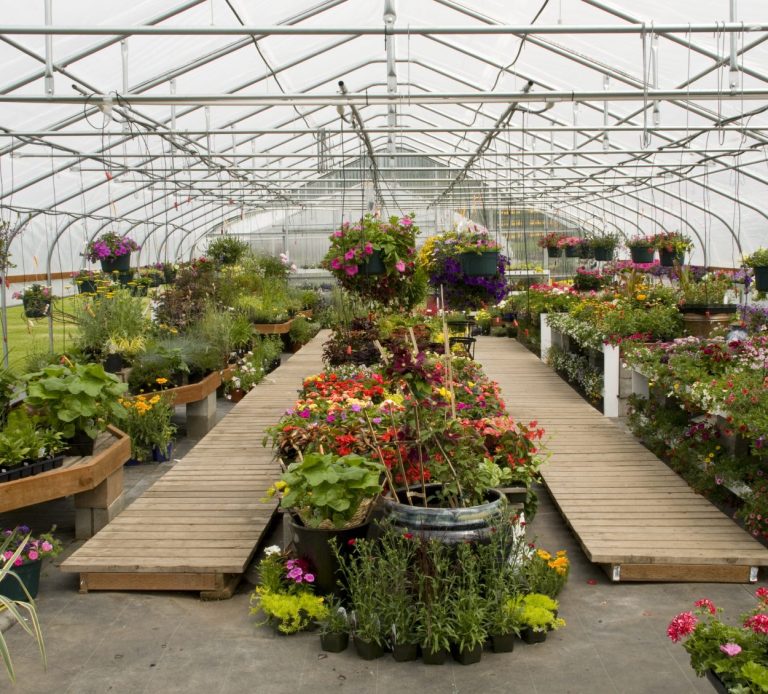
Land Use, Forestry: Major GHG Contributors
Carbon emissions exacerbate climate change while carbon offsetting mitigates impact.
The global food system is a major contributor to greenhouse gas emissions, with livestock and fisheries production accounting for a significant portion of these harmful gases. Livestock, in particular, emit methane during their digestive process, which is incredibly potent in trapping heat in our atmosphere. By reducing these emissions, we can make a real impact in the fight against climate change. Naretiv is at the forefront of this battle, offering carbon offsetting solutions tailored specifically for the food industry. By working with companies in the food production and distribution supply chain, we can help them measure and reduce their greenhouse gas emissions. This includes implementing methane capture and conversion systems with livestock producers, making a tangible difference in reducing emissions. Dairy farming, in particular, plays a crucial role in food security and provides employment and income for millions of small-scale producers. By incentivizing carbon reduction in dairy farming, we not only help the environment but also improve the livelihoods of a significant portion of society. Naretiv's focus on the food industry's emissions profile addresses a critical need for companies looking to accurately quantify and reduce their climate impact. By partnering with us, you can make a real difference in the fight against climate change while also benefiting your business and society as a whole. Join us in making a positive impact on our planet today.
Revolutionizing Carbon Offset Certification with Blockchain: Empowering Farmers and the Environment through Innovation and Efficiency.
It is remarkable to contemplate the significant impact that dairy cows have on our planet. With over 264 million dairy cows worldwide, these remarkable animals contribute to the production of nearly 600 million tonnes of milk annually. However, it is crucial to acknowledge the environmental consequences associated with this industry.
Research has revealed a concerning fact: for every liter of milk a cow produces, it emits 1.39kg of greenhouse gases (ghg) and methane into the atmosphere through ruminic fermentation. This staggering statistic means that dairy cows alone are responsible for producing a staggering 834 million metric tons of ghg each year.
Now, let us consider the incredible opportunity that lies within these figures. By leveraging the power of carbon offsetting, we have the ability to transform this immense ecological impact into something truly positive. Through the use of carbon credits, we estimate that these emissions could equate to a remarkable $83.4 billion worth of carbon offsets.
In Africa, with an annual production of 60 million tonnes which equates to $8.3 billion worth of carbon offsets, 90% of dairy farmers are smallholders who live below $5 a day and are responsible for 70% of total milk production, yet young people make up around 60% of the continent's unemployed population.
South Asia has an annual production of 200 million tonnes, which equates to $27.8 billion of carbon offsets. 75% of this is by small holders and landless farmers.
Imagine the immense potential of harnessing this value and channeling it towards a sustainable future. By taking action and engaging in carbon offsetting initiatives, we can not only mitigate the environmental impact of dairy cow emissions but also create a significant financial opportunity.

Farmers Rewarded for Reducing Emissions
©Copyright. All rights reserved.
We need your consent to load the translations
We use a third-party service to translate the website content that may collect data about your activity. Please review the details in the privacy policy and accept the service to view the translations.
